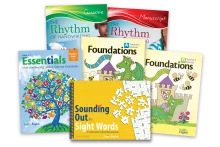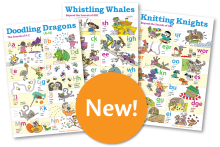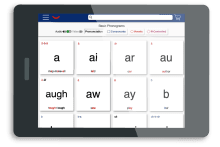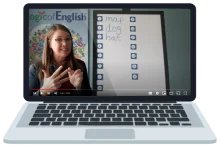A lost desire to learn to read can be revived.
You can help students by:
- Asking them how they feel about reading.
- Asking if they are bothered by exceptions such as S saying /z/ in is and his when they have been taught that S says /s/.
- Explaining you have a new way to teach reading and spelling that explains the exceptions.
- Revealing that many adults do not know some of this information.
- Apologizing that this has not been taught to them before.
- Acknowledging that it takes a lot of courage to try again.















